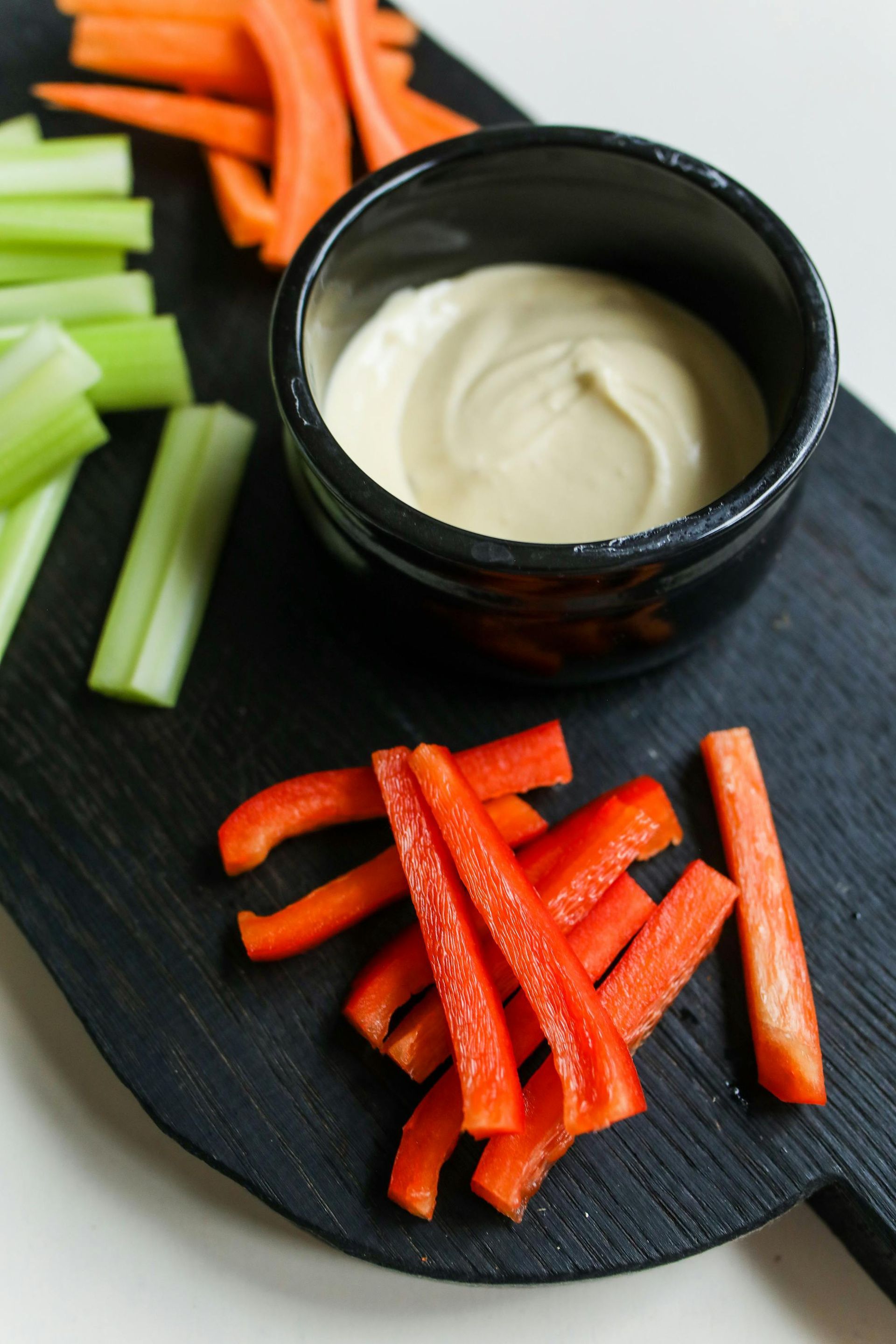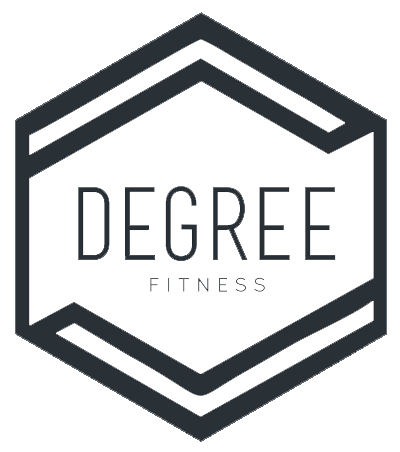What should you eat before a workout?
Written By: Mairead, Registered Dietitian
A common question asked in the gym is "what should I eat before a workout?". If we're putting in the time and effort to get our workout in, what's the best thing we can eat before to get the most out of it?
Like most nutrition questions, this can depend on a few things; in this case, we need to know when you're working out and when you're normally eating, so we can figure out what you'll need when it comes time for that workout.
Generally, we don't want to go into a workout with our energy stores already low. At best, this might just leave us feeling weak and not having a great time. At worst, this could lead to feeling lightheaded or sick, or even passing out. This makes underfueling a hazard, both for your own safety and for others around you. But we also don't want to be working out already feeling full - we generally end up feeling sluggish and just not great overall.
If it's been under two hours since your last meal or snack and you're not feeling hungry, you can likely just jump into a standard one-hour workout without worrying about topping up that metaphorical fuel tank. If your meal contained a balance of protein, carbs, and fat, your body probably has what it needs to get you through. You'll probably be ready for a snack afterwards to boost your recovery.
If it's been more than two hours since your last meal OR you feel hungry, you definitely want to grab a snack. The closer you are to your workout, the lighter and faster-digesting you need that food to be. If you have less than an hour, something like a granola bar, banana, or yogurt can give you some of the carbohydrates your body will need as fuel, without weighing you down. The further out from your workout you are, the more protein, fibre, and fat you can tolerate, and the less you have to worry about how it will make you feel during the workout. This could mean reaching for a protein bar, half a sandwich, or yogurt with granola and fruit.
If you workout first thing in the morning,
you may not feel like you can get anything in before your workout. In this case, it's especially important to make sure you have a solid balanced meal the night before, and maybe have an evening snack containing a combination of protein and carbs. If you know solid food won't work for you in the morning but you're feeling draggy in your workouts, try a carbohydrate-containing sports drink or some juice between waking up and getting to the gym. You'll also want to make sure you're having a breakfast or re-fueling snack after that workout to replenish those potentially already low energy stores.
No matter when you workout, you want to make sure you are properly fueled so you can make the most of your efforts!
Looking for more personalized nutrition advice? Let's chat! Email mairead@degreefitnessseaforth.com for more information about our Nutrition Programs, or click HERE to book your FREE Bite-Sized Nutrition Chat!



